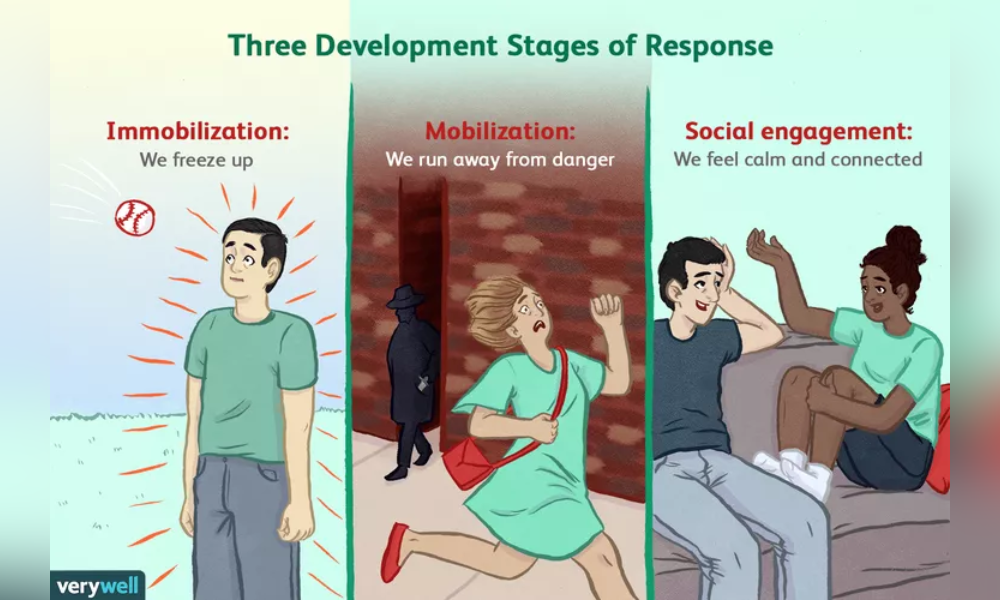Why Polyvagal Theory can help you understand workers' responses to danger

In the fast-paced world of health and safety every decision could mean the difference between a safe workplace and a potential hazard. That’s why understanding the intricacies of human behaviour is paramount. This is where Polyvagal Theory steps in – a groundbreaking concept merging neuroscience with safety management, offering profound insights for leaders in high-hazard industries.
Dr. Randy Brazie and Geoffrey VanderPal, co-founders of Neuro Consulting Group and authors of ‘The Steadfast Leader’ shed light on the relevance of Polyvagal Theory in creating safer work environments.

Polyvagal Theory, developed by Dr. Stephen Porges, delves into how our nervous system constantly assesses environmental cues for safety or danger. "Our nervous system is like a traffic light, signaling three states: green for safety and social engagement, yellow for potential danger triggering fight or flight responses, and red for immobilization," explains Dr. Brazie.
For health and safety leaders, understanding Polyvagal Theory offers a fresh lens to enhance safety practices. "Simple adjustments in workplace layout and leadership communication can foster a calmer atmosphere, reducing stress and enhancing focus, ultimately minimizing accidents,” claims VanderPal.
In high-hazard industries like construction, energy, and mining, preparing the workforce becomes paramount. Dr. Brazie suggests, "leaders should first understand their own nervous system states, then equip themselves and their teams with regulation skills." These skills include orienting, mindfulness practices, and breathing techniques, empowering individuals to navigate stressors effectively.
"The goal isn't to eliminate all danger perception but to equip individuals with resilience to respond effectively," explains Dr. Brazie. By integrating Polyvagal Theory into safety practices, health and safety professionals can pave the way for safer, more resilient workplaces.
As health and safety leaders continue their quest for safer workplaces, embracing Polyvagal Theory could mark a transformative milestone in safety management, ensuring the well-being of workers in high-hazard environments.





